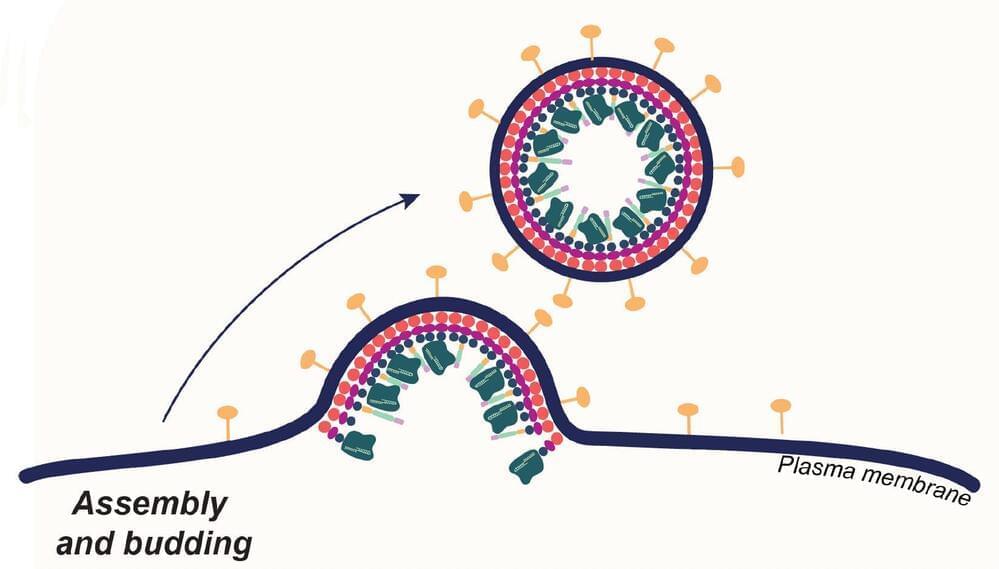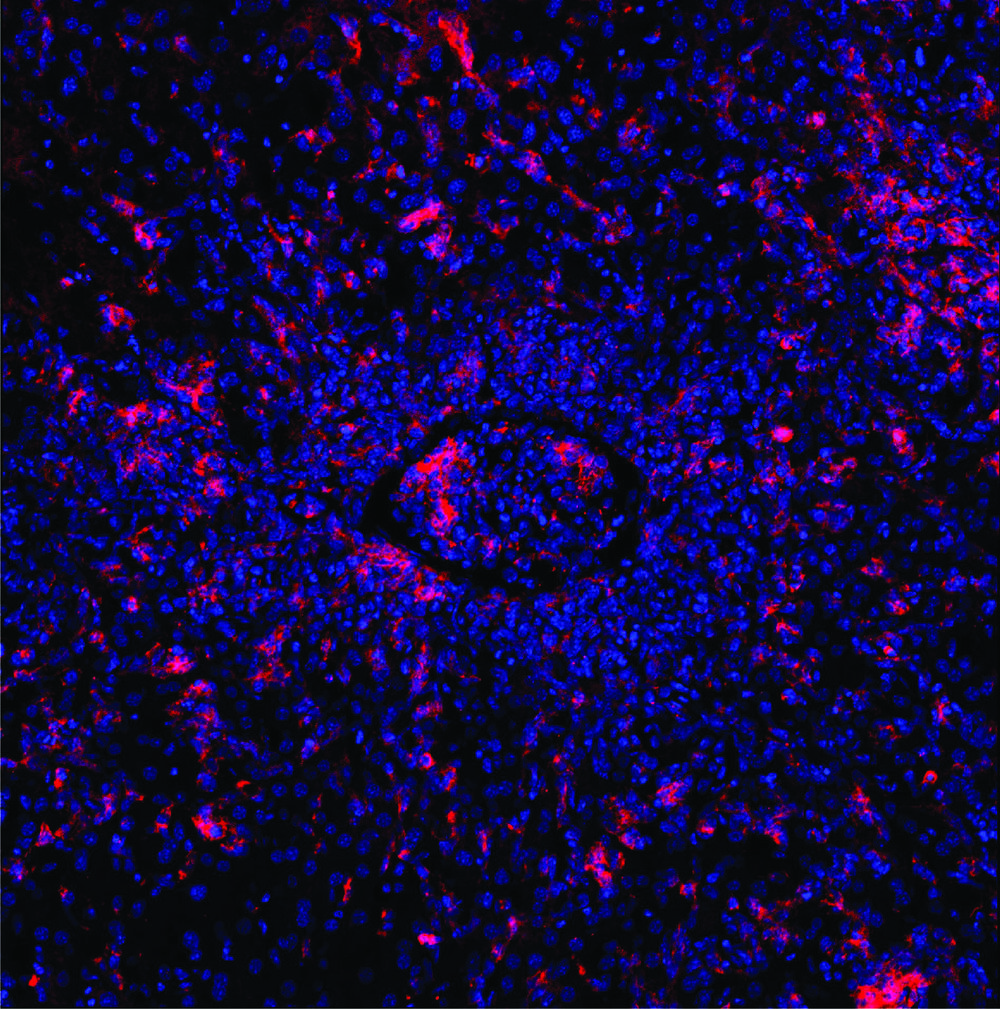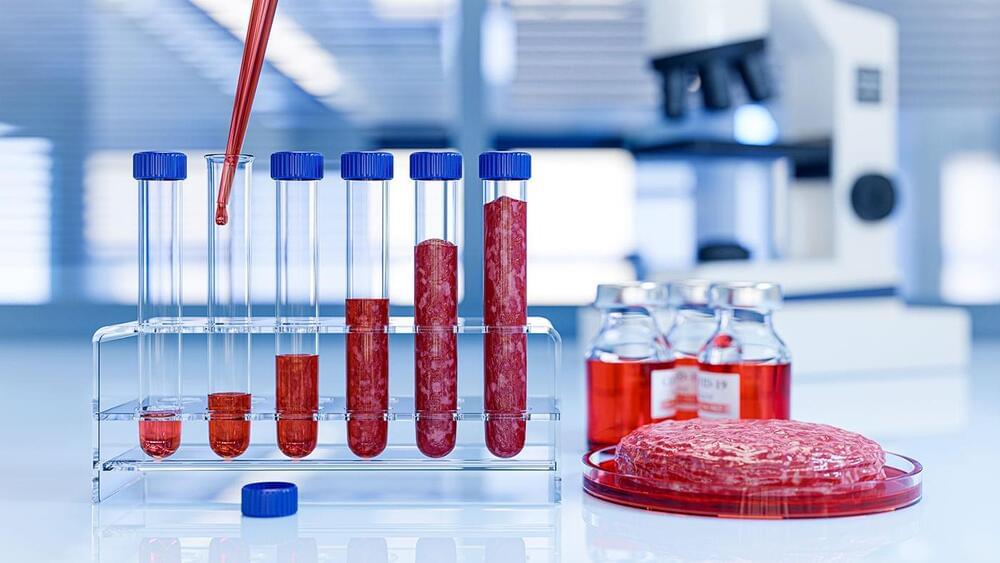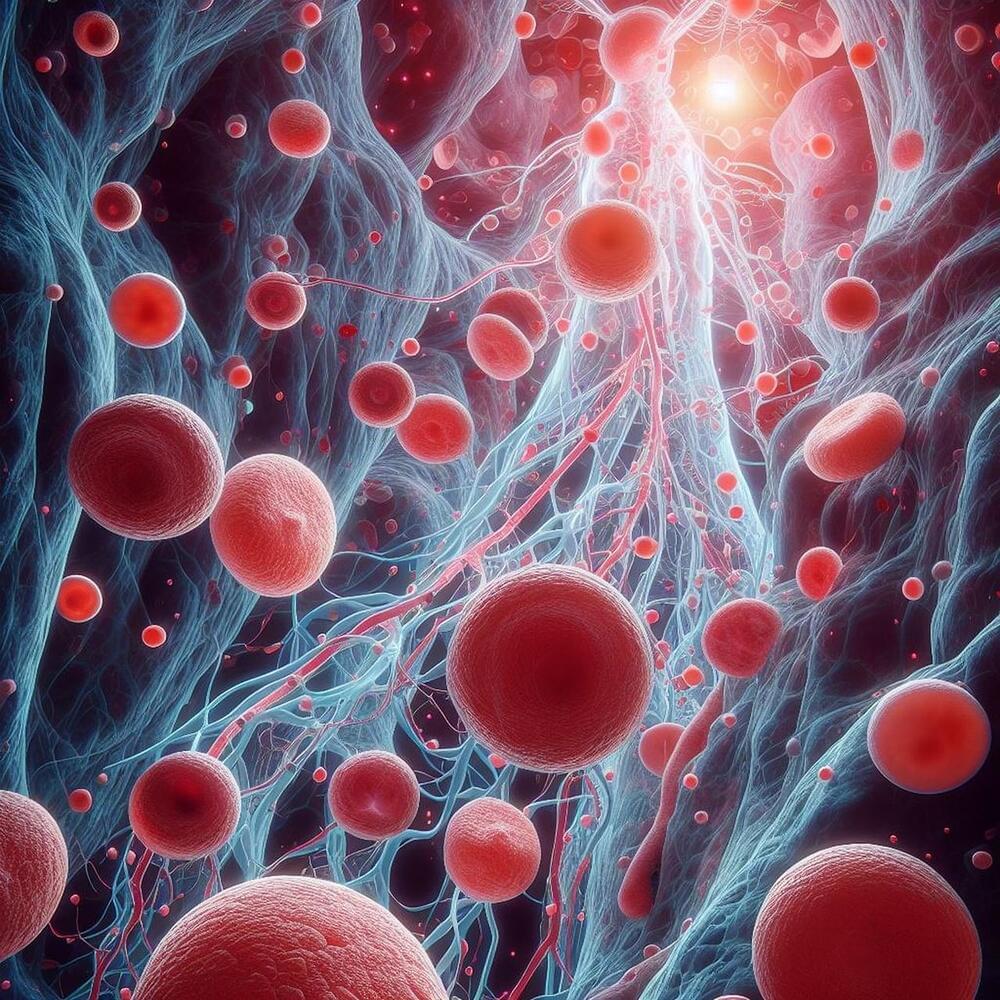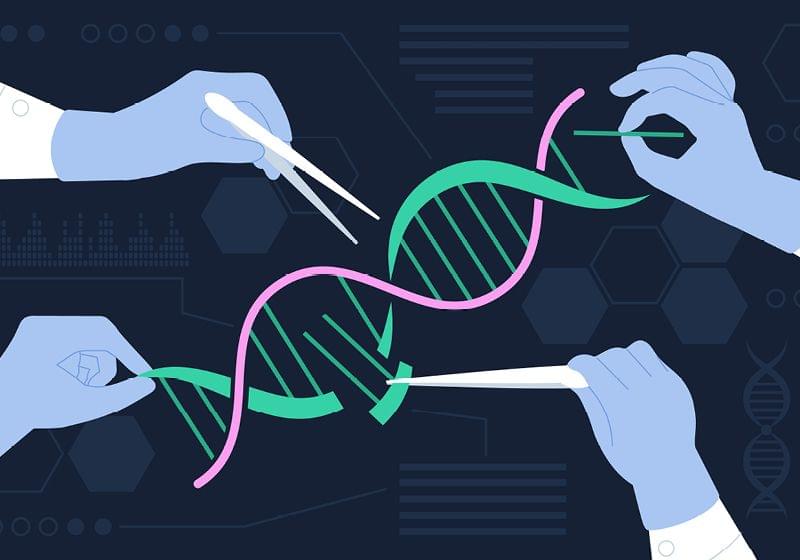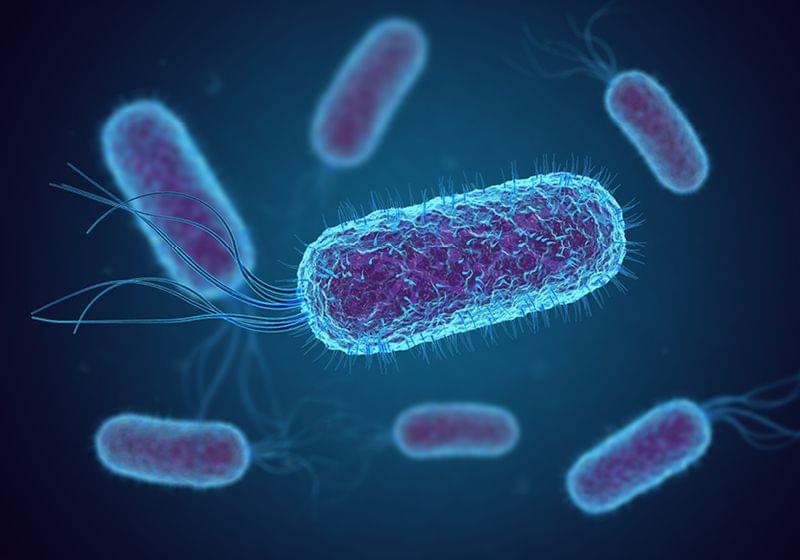A team of researchers at the Carl Gustav Carus Faculty of Medicine, TUD Dresden University of Technology, led by Prof. Frank Buchholz, has achieved a major breakthrough in genome editing technology. They’ve developed a cutting-edge method that combines the power of designer-recombinases with programmable DNA-binding domains to create precise and adaptable genome editing tools.
Traditional genome editing faced limitations in achieving ultimate precision until now. Prof. Buchholz’s team has broken through this barrier by creating what many have sought after: a zinc-finger conditioned recombinase. This innovative approach involves integrating a zinc-finger DNA-binding domain into specially designed recombinases. These enzymes remain inactive until the DNA-binding domain engages with its target site, adjacent to the recombinase binding area.
The significance of this achievement lies in the fusion of two key strengths: the targeting ease of programmable nucleases and the precise DNA editing capabilities of recombinases. This breakthrough overcomes existing limitations in genome editing techniques and holds vast promise for therapeutic gene editing and various biomedical applications.

